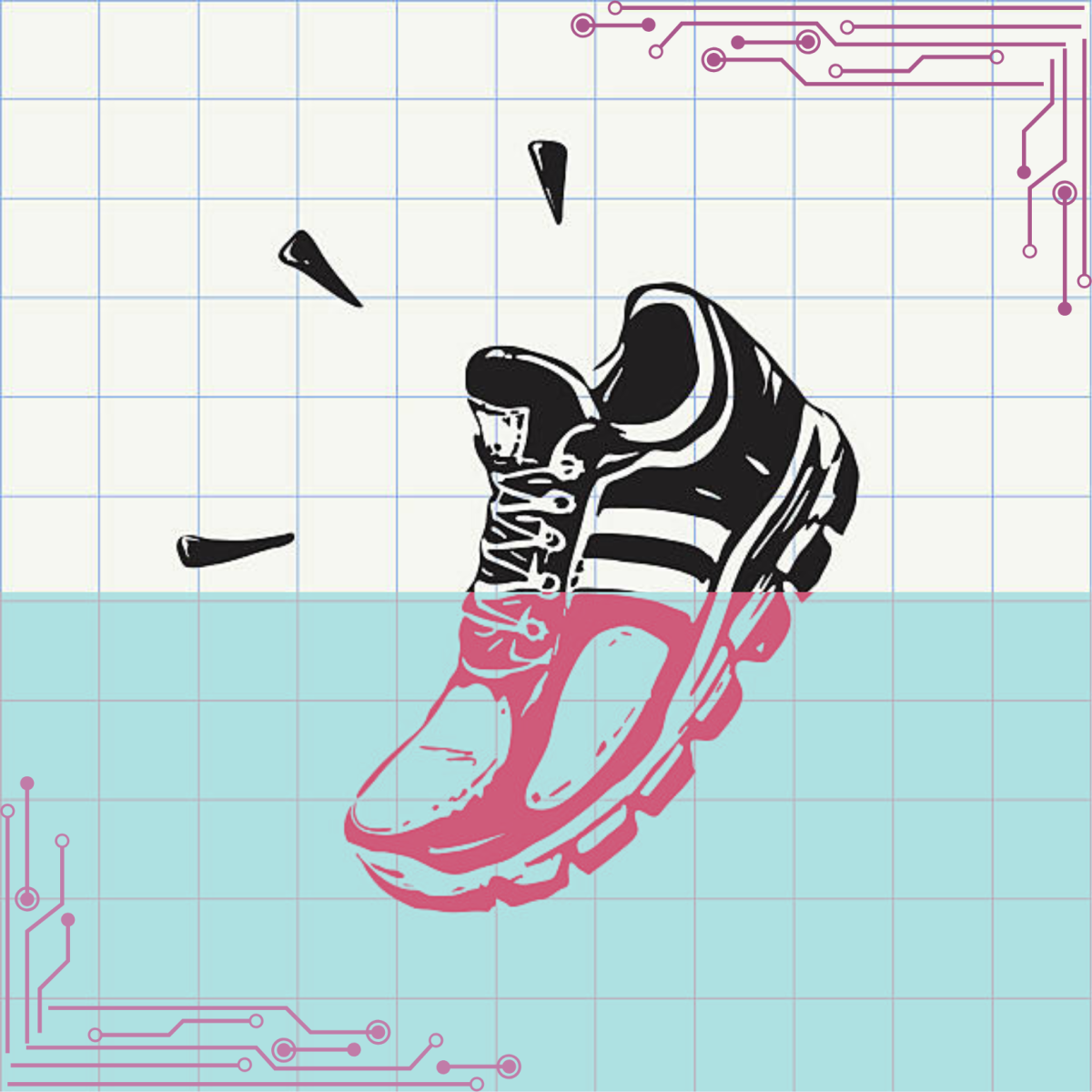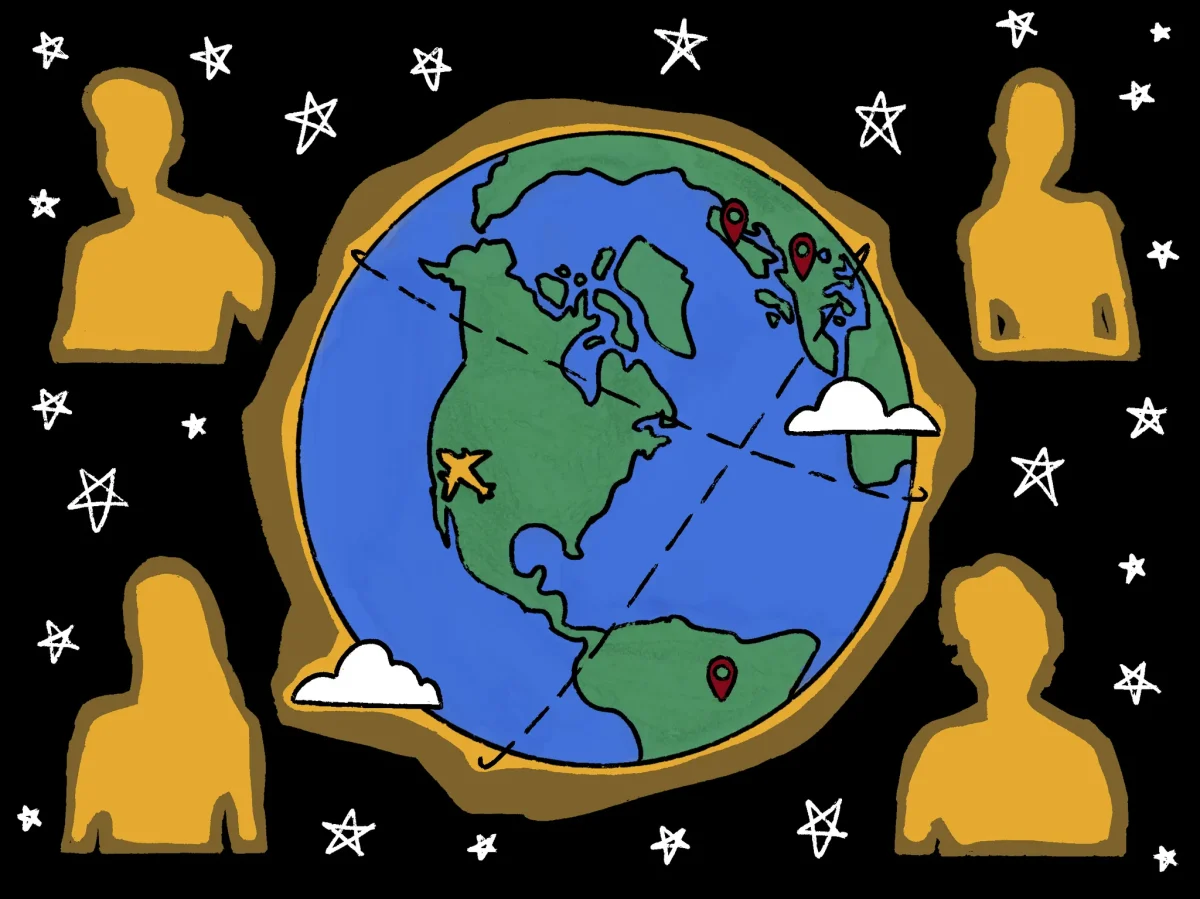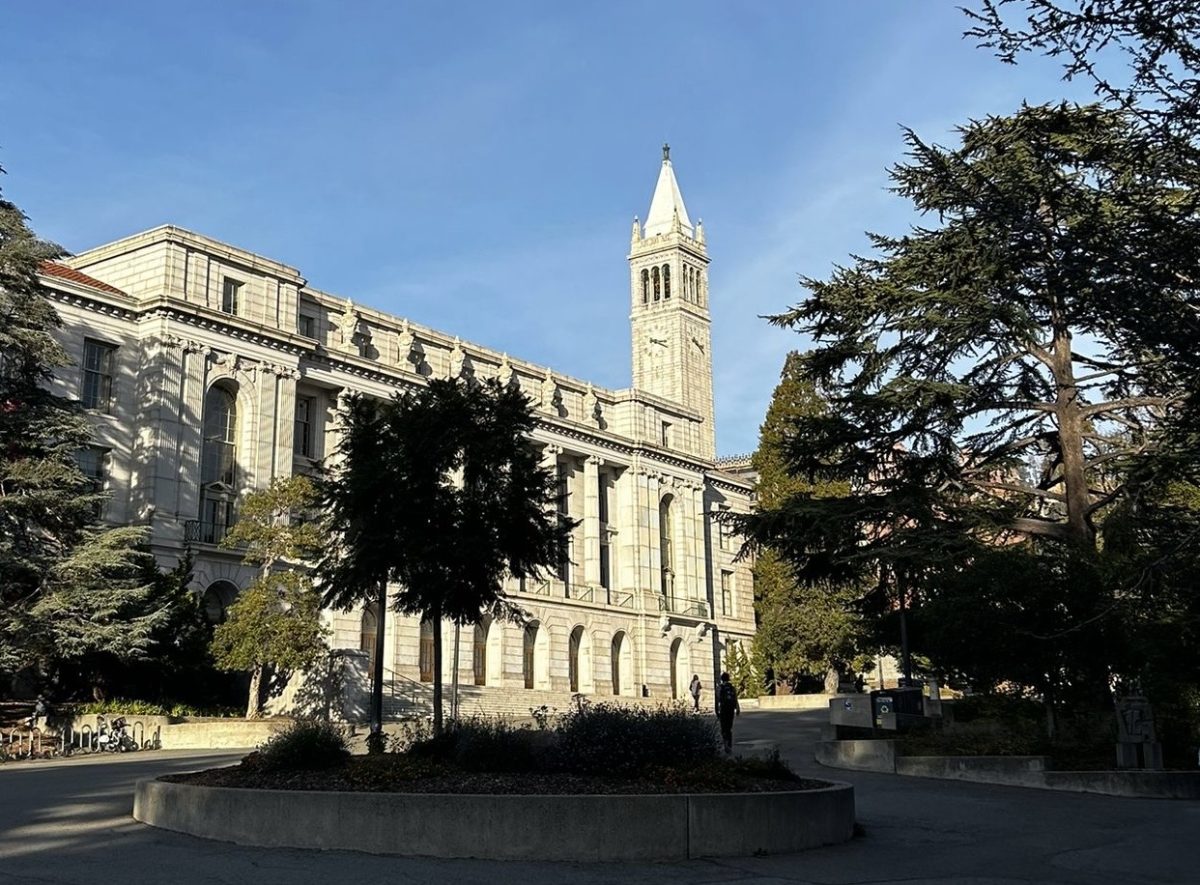Career Chat: Doctor

On Career Day in elementary school, many kids come to school in the iconic white lab coat with a stethoscope hanging around their neck, hoping one day to become a highly esteemed doctor. But what does the occupation actually entail? Most importantly, would it be a good fit for a future college major and career? In this segment, I sat down with two professionals in the medical field to explore career pathways and the responsibilities of some of the highest trained individuals in healthcare.
It can be challenging to explain what a doctor is, considering the number of fields there are within medicine and how distinct each specialty is. There are highly specific fields, and others that involve a broad understanding of various conditions. Today, we will jump into the lives of a doctor who works in podiatry and another who works in emergency medicine to provide an overview of what exactly doctors do.
“I wake up at 5 a.m. and we start surgeries,” Mark Trezia, doctor of podiatric medicine specializing in foot and medicine injuries, said. “Then, if there are consults, we do them. If not, it’s back to the private office. We see patients throughout the day and treat everybody. I’m usually working on reports, prescriptions, reading MRIs, imaging or getting ready for pre-op surgeries. If today is at the private office, I finish notes and then go home. My day can be anywhere from eight, 12 or 14 hours.”
In a typically fast-paced environment where every day is different, it is important to be highly organized and have the ability to work under pressure.
“You’ve got to be well-rested and on your A-game because it’s going 100% from minute one,” David Hardy, OPHS parent and partner physician of emergency medicine, said. “It’s just a jumping into the fire kind of thing. You just got to be ready for that, and it’s going to be busy, busy, busy until you’re done. There’s certain practice environments where you finish your shift and then you will stay one or two hours [unpaid] afterwards finishing up your charting.”
While individuals are usually aware of the physical demand, the mental and emotional toll is just as challenging.
“You always think about stuff; it never leaves,” Trezia said. “Mentally, you have to be able to distinguish and separate because you’re always gonna be thinking. Did I write the right prescription? Did I do the procedure right? Did we do this correctly? Is the paperwork good? It’s always on your mind continuously, especially when you first start. It’s nerve-racking because you’re always learning. You have to learn and then move forward.”
The weight put on medical professionals is a lot, but it is worth it at the end of the day.
“My favorite part is helping people get better when they are in their worst position,” Trezia said. “Fractures, tears or if they have an infection, that’s life-threatening. They’re close to amputation, you help them out and it gets resolved. It’s the best feeling when you’re helping people.”

To become a doctor, there are multiple paths people can take. Some people go directly into medicine. But for a lot of people, their journeys are more complicated.
Individuals may not know that they want to go into the medical field until later in life. For example, Hardy went for his undergraduate degree at UC Berkeley undecided. Once he determined that medicine was the right fit for him, he went to medical school at New York Medical College and did his residency at UC Los Angeles. He was exposed to multiple specialties before deciding on emergency medicine. Now, he has around 20 years of experience—having worked at Cedars-Sinai’s Level 1 Trauma Center for four years as well as Kaiser West LA for the last 16 years—and is transitioning to partly telemedicine.
In addition, people do not have to start in the most expensive or prestigious schools in the world to have a successful career. Trezia went to CSU Northridge to obtain his undergraduate degree in biology, all while balancing his full-time retail job. After, he went to medical school at Samuel Merritt University and did his residency at NYC Health + Hospitals. He chose podiatry because it had more scheduling flexibility, patient interactions and he was passionate about the surgical components. Although COVID set back some of his opportunities, he is now affiliated with multiple hospitals and surgical centers. He also has private practices with plans to expand them in the future.
While the journey to medical school looks different for everybody, careful and deliberate planning is highly recommended. Some medical schools prioritize certain undergraduate degrees and the Medical College Admission Test (MCAT) scores matter when it comes to applying for medical school.
“Call your top five schools or 10 schools to see what you need to get in to make sure you’re on the right path, because counselors can miss it if they’re not on top of it as well,” Trezia said. “This is where the big difference comes in, and this is where people should do their own research, because things change every year. The requirements change. The classes that you need to transfer change. You wanna make sure all your units transfer, especially if you’re transferring from a community college to a university.”
After finishing your undergraduate degree, you attend four years of medical school. Then, you apply for residency, which is usually three years of rotating and learning the different specialties. Certain departments also have fellowships before you are allowed to practice on your own.
“Residency is a match system where you go to interviews, they rank you, you rank them and whoever you match with, it goes,” Trezia said. “It’s not like if they like you, you like me and I’m gonna go there, which kind of sucks. I mean, it indirectly becomes like that. If they truly love you and you’re gonna run them one, they’re gonna rank you one so they match. With everything, some politics is always involved.”

One piece of knowledge that applies to every medical college major and field is to make sure you fully understand what you’re committing to.
“Because there are so many different specialties, it’s good to hear from more than one perspective,” Hardy said. “I only represent emergency medicine, but there’s a lot that’s very different out there … Find what works for you.”
It is important to get a deep look into the inner workings of said field before deciding which you want to stick with.
“I’d say don’t go into medicine for the money,” Hardy said. “It’s a very long road. Medical school is very expensive, and it’s going to take about 12 years before you even start to work. You could end up with easily $300,000 to $500,000 in debt for school. Before you jump into a long path, have a good sense of why you’re doing it.”
The amount of time, money and effort it takes to go into the medical field can be intimidating for many. However, if you do the research for the field you are interested in pursuing, you may find that the debt and schooling is manageable.
“Just don’t be scared, move forward and don’t let anybody tell you differently,” Trezia said. “People are gonna try to block you, intimidate you and talk you down from their insecurity or jealousy.”
In case you missed the inaugural installment of the Career Chat column last month, check out what it means to be a superintendent here. The next segment will be released in November.
Your donation will support the student journalists of Oak Park High School - CA. Your contribution will allow us to purchase equipment and cover our annual website hosting costs.









